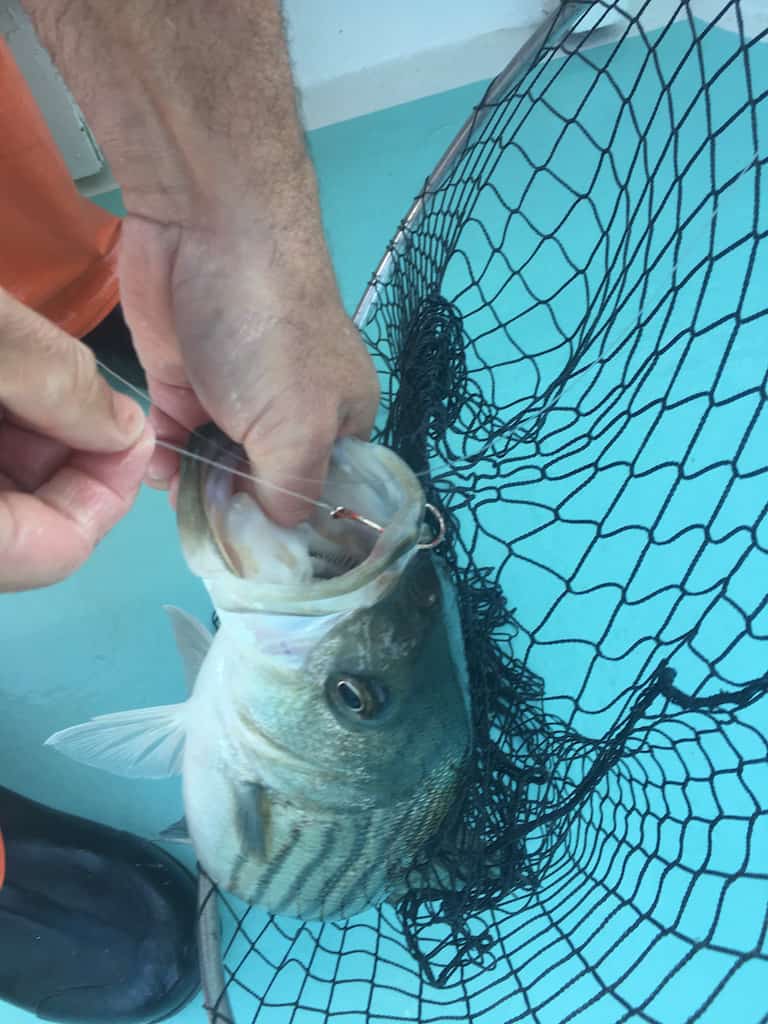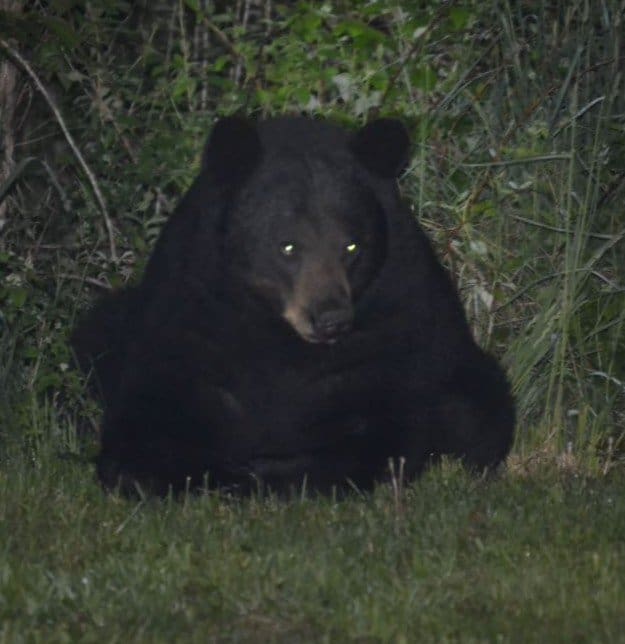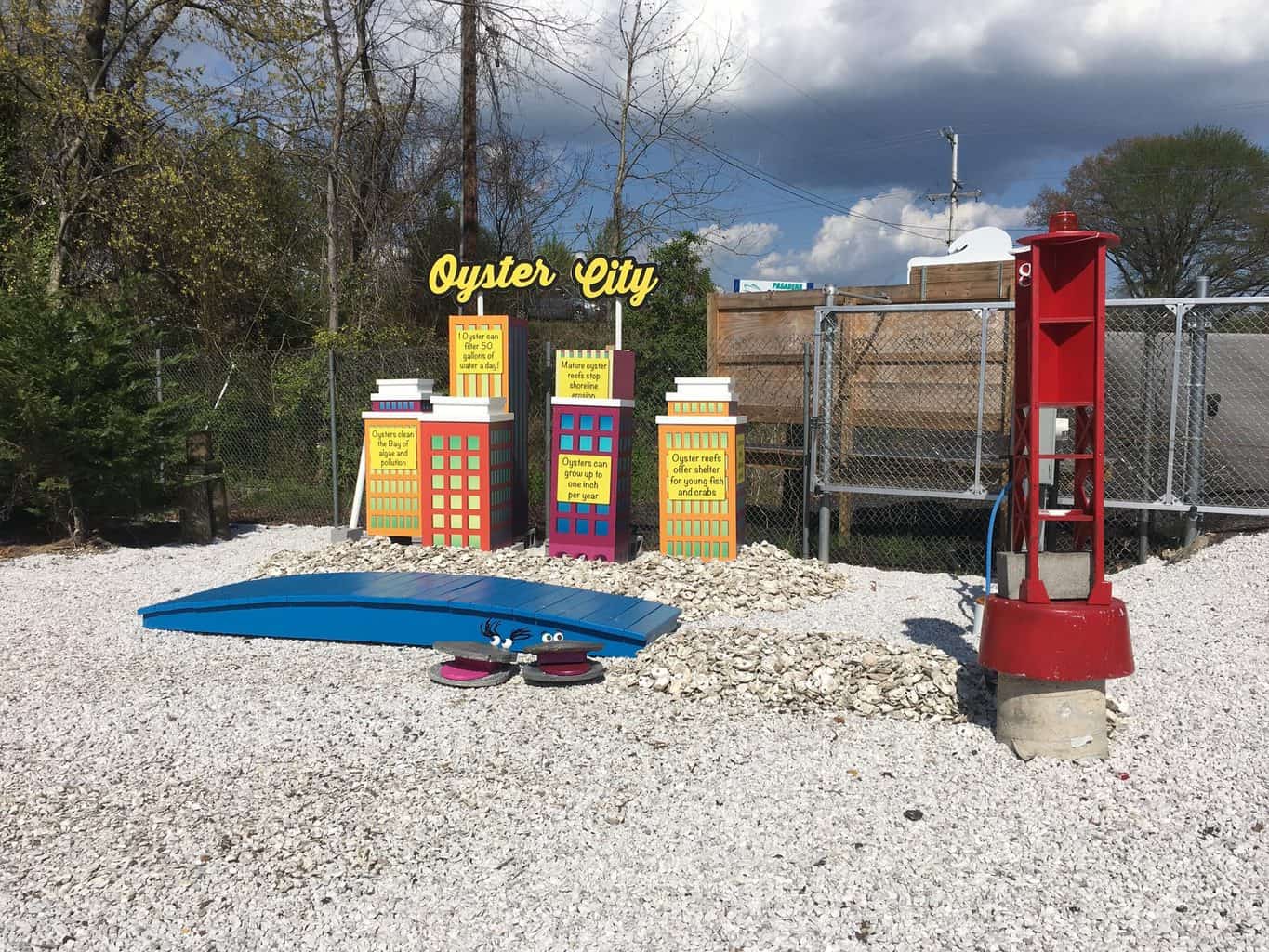With the Bay’s striped bass population struggling, Maryland has come up with a new color-coding system to reduce heat-related rockfish mortality.
Last week’s severe heatwave was uncomfortable for anglers and downright lethal to stripers. In fact, the July 4th holiday is going to be another scorcher, with many more weeks of summer still remaining. The combination of high water and air temperatures and low dissolved oxygen stresses striped bass to the point where they cannot recover when released back into the water after being caught. The larger the fish, the more they are susceptible to these stressors.
Moreover, experts predict that the upper Chesapeake, which is very popular for striped bass fishing, will suffer one of the largest dead zones in decades. Dead zones are areas of hypoxic water, meaning dissolved oxygen levels are too low to support crabs, fish and other marine life. Dead zones are caused by nutrient pollution that runs off the land, fueling algal blooms that deplete the oxygen as the algae expires.
To help anglers reduce the mortality associated with the summer rockfish season, Maryland’s Department of Natural Resources (DNR) has created a color-coded system to identify which days are favorable for striper release survival and which days are not.
Throughout the heat-critical days of July and August, DNR will post advisories via social media and email blasts using a kind of stop-light system to help anglers plan their striper-fishing trips to avoid causing mortal harm to the fish. Here’s how it works:
- Red: Air temperatures are forecast at 95 degrees or higher. Anglers are encouraged not to fish for striped bass after 10 a.m. and should target other species of fish.
- Yellow: Air temperatures are forecast at 90-94 degrees. Anglers should use extreme care when fishing for striped bass; fish should be kept in the water when caught and released on these days.
- Green: Fishing conditions are normal. Proper catch-and-release practices are encouraged.
Anglers who live-line or chum in Maryland’s part of the Chesapeake and its tidal waters must use non-offset circle hooks, regardless of the targeted species. Sizes 8/0 or larger are recommended. The agency defines live-lining as “the use of any live fish, such as a minnow, bluegill, or spot, as bait on a hook,” and chumming or chunking as “placing fish, parts of fish, or other natural or manmade attractants in the water, not attached to a hook, in order to attract fish to a particular area.” When using cut bait, including crabs, worms, or processed bait while not live-lining or chumming, a non-offset circle hook or a J hook must be used. Treble hooks are not permitted. Culling striped bass, defined as “being in possession of a fish, to discard or exchange that fish to possess another fish of the same species,” is not only unethical, it is illegal.
Fisheries biologists have determined that Atlantic striped bass are being over-fished, particularly the largest breeders. Last year, Maryland implemented the circle hook rule to help reduce mortality. In April, Virginia cancelled its spring trophy season to ease some of the pressure on large migratory stripers. Anglers are encouraged to help reduce stress-related mortality by fishing early or late in the day, leaving rockfish in the water as much as possible and even refraining from catch-and-release fishing on extremely hot (red) days.
-Capt. Chris Dollar




